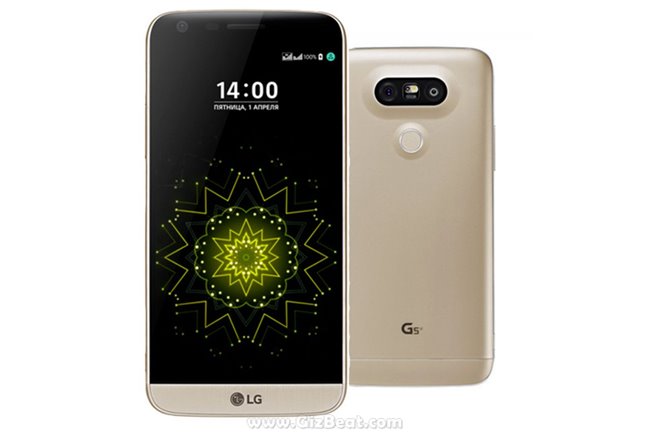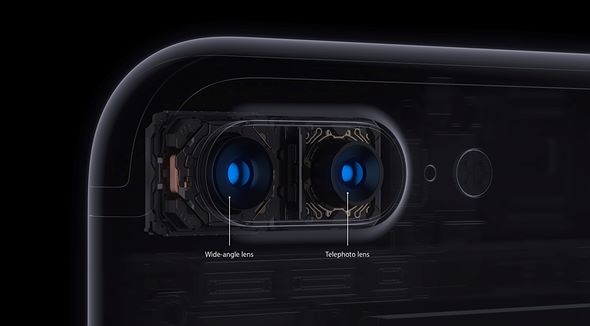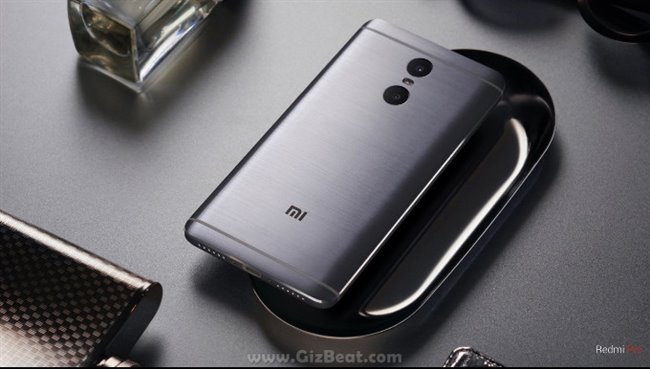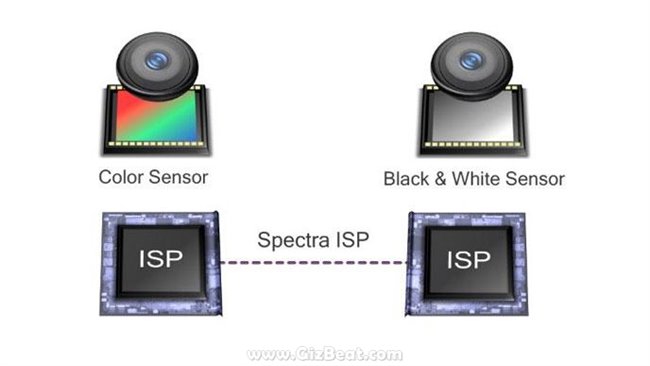If you’re not yet convinced the latest trend in smartphone marketing, dual rear cameras, is a legitimate and useful technology, Qualcomm has entered the fray to help give clout towards making you a believer.[spoiler style=”steelblue” collapse_link=”false” title=”(click) The dual camera players up until now”]
The dual cam players
LG G5 dual cameras
The LG G5 carries a 16MP wide angle and 8MP telephoto lens. Essentially this gives you the option of shooting wide angle to capture more of the scene, or an optical “zoom” to bring you closer to the subject without losing quality as you would with digital zoom.

iPhone 7 Plus dual cameras
As with the LG G5, the iPhone 7 Plus uses it’s dual rear camera setup to provide the user two different focal lengths; one at 28mm for wide angle shots, and the other at 2x “zoom” for telephoto snaps.

In addition, the iPhone 7 Plus will be bringing a software update later in the year that will shoot an image from both sensors at the same time. The differing angles are used to calculate and produce software generated blurring of out of focus areas (bokeh). You can read more about the iPhone 7 Plus cameras here (opens in new tab)
Huawei P9 dual cameras
Taking a very different approach from LG G5 and iPhone 7 Plus, the Huawei P9 dual camera setup is crafted to provide better low-light images.
The P9 does this by having one 12MP monochrome (non-color) sensor and one 12MP color sensor take a picture at the same time. Then the two images are combined to provide an image with less noise, increased dynamic range (DR), and improved contrast and sharpness.

Really, the setup is quite ingenious, and highlights the innovation mobiles are making to increasingly chip away at the benefits of purchasing a standalone camera.
HTC One M8
One of the first players to incorporate dual camera was HTC with the One M8, way back in 2014. HTC uses their dual camera setup to add depth of field (DOF), background or foreground blurring as with the Xiaomi Redmi Pro and iPhone 7 Plus.
How do Xiaomi Redmi Pro dual cameras work?
The Xiaomi Redmi Pro dual camera setup carries the 13MP Sony IMX258, along with a 5MP Samsung sensor for depth sensing.

The difference in angles between the two sensors allow for the Xiaomi Redmi Pro to calculate depth and provide blurring effects similar to a dSLR. In addition, the user can “post-focus”; this feature gives the user the option to choose different focus points in an image even after the picture is taken.
[/spoiler]
Qualcomm Clear Sight
Qualcomm, with excellent foresight has entered the arena with Clear Sight. Clear Sight will take an approach similar to the aforementioned Huawei P9, with two sensors of the same MP and same focal length, but with one monochrome and the other color.
This setup allows 3x the light of a single, color sensor, due to the monochrome sensor’s image (see knowledge point).[spoiler style=”lime” collapse_link=”false” title=”(click) Knowledge point – why does having a monochrome sensor help with low light?”]Digital sensors use millions of photosites to capture a picture. To capture color in a typical sensor, the photosites each have a filter which allows them catch only Red, Green, or Blue (RGB) light.
Effectively, this reduces the amount of light a typical color sensor can catch by 2/3rds because each photosite is only capturing light from a specific RGB channel, with light from the other channels being thrown out.
On a monochrome sensor, these photosite filters don’t exist, thus allowing light from all channels to enter each photosite, giving us 3x the light of a typical color sensor with the same size, quality and density.[/spoiler]
After the image is taken, the color information from the color sensor is applied to the monochrome image to give us a significantly higher quality image all around, with the biggest benefit being cleaner, sharper low-light pictures.
PJ Jacobowitz, Senior Manager, Qualcomm Marketing: The results will astound you, as this technology is designed to mimic the attributes of the human eye. Clear Sight is engineered to give your photos improved dynamic range, sharpness, and less noise in low light.
The human eye is a great analogy because your eyes contain cells called “cones” and “rods.” Cones are great at capturing color, but require well-lit environments, while rods excel in capturing light in low-light conditions, but don’t capture as much color. Clear Sight is designed to mimic cones and rods to give you the best of both worlds, producing an image that has optimal contrast and brightness.
Qualcomm Spectra ISP
The image algorithms are processed by a hardware image signal processor (ISP) dubbed “Spectra”. The Spectra ISP exists and was designed for one purpose: to process images from the cameras. This takes load off of the CPU/GPU and due to Specta’s very specific architecture allows for super fast processing of images.

Why is Spectra special?
Beyond taking a load off the CPU/GPU and improved image processing speed, this development by Qualcomm allows mobile manufacturers to more easily incorporate dual-camera setups in their phones, as the software and hardware processing side is taken care of by Qualcomm already.
When is Qualcomm Spectra ISP and Clear Sight coming?
It’s already here. Qualcomm Spectra ISP Clear Sight exists in the Qualcomm Snapdragon 820, and Qualcomm Snapdragon 821. We can expect the tail end of 2016 to see a slew of new dual rear camera mobiles announced.
What about MediaTek?
Not content to be left out, MediaTek MTK has their own ISP, ImagiQ. This ISP is built from the ground up to process dual-sensor camera data. As with Qualcomm’s Spectra ISP, ImagiQ is equipped to handle monochrome/color dual camera setups, dual camera zoom, and dual camera depth of field (DOF).
ImagiQ from MediaTek is incorporated in MTK MediaTek’s Helio line of SoC.

Leave a Reply